September 15th was our last day staying in Avignon as well as exploring Nimes. Our next destination was the town of Arles, made famous by its Arena and Vincent Van Gogh, but that will be the subject of my next posting. Before our departure to Arles, we paid a visit to Pond du Gard, an ancient aqueduct built by the Romans in the 1st Century AD. What astonishes me is just how large this structure is and how well the Romans built it, truly they were master engineers. Moreover, it was in use for centuries and still survives in excellent condition to this day.
The following excerpt is from the wikipedia entry on Pont du Gard.
The Pont du Gard (English: bridge of the Gard) is an ancient Roman aqueduct bridge that crosses the Gardon River in Vers-Pont-du-Gard near Remoulins, in the Gard département of southern France. It is part of the Nîmes aqueduct, a 50 km-long (31 mi) structure built by the Romans to carry water from a spring at Uzès to the Roman colony of Nemausus (Nîmes). Because the terrain between the two points is hilly, the aqueduct – built mostly underground – took a long, winding route that crossed the gorge of the Gardon, requiring the construction of an aqueduct bridge. Built in the 1st century AD, the Pont du Gard is the highest of all Roman aqueduct bridges and is the best preserved after the Aqueduct of Segovia. It was added to UNESCO’s list of World Heritage Sites in 1985 because of its historical importance.
The bridge has three tiers of arches, standing 48.8 m (160 ft) high. The whole aqueduct descends in height by only 17 m (56 ft) over its entire length, while the bridge descends by a mere 2.5 cm (0.98 in) – a gradient of only 1 in 3,000 – which is indicative of the great precision that Roman engineers were able to achieve using only simple technology. The aqueduct formerly carried an estimated 200,000 m3 (44,000,000 imp gal) of water a day to the fountains, baths and homes of the citizens of Nîmes. It continued to be used possibly until the 6th century, with some parts used for significantly longer, but lack of maintenance after the 4th century meant that it became increasingly clogged by mineral deposits and debris that eventually choked off the flow of water.
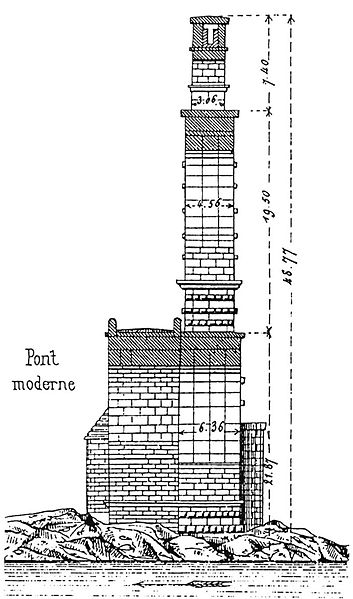
We arrived in the early morning and the sun was still rising from behind the Pont. Before we got to the bridge, we got a chance to see something very old and something very alive, namely an olive tree that dates back to 905 AD. Yes, it’s still bearing fruit.
![2012-10-51-PENTAX K-5-smc PENTAX-DA- 16-50mm F2.8 ED AL [IF] SDM](http://www.robfaucher.com/wp-content/uploads/2012/10/2012-10-51-PENTAX-K-5-smc-PENTAX-DA-16-50mm-F2.8-ED-AL-IF-SDM-397x600.jpg)
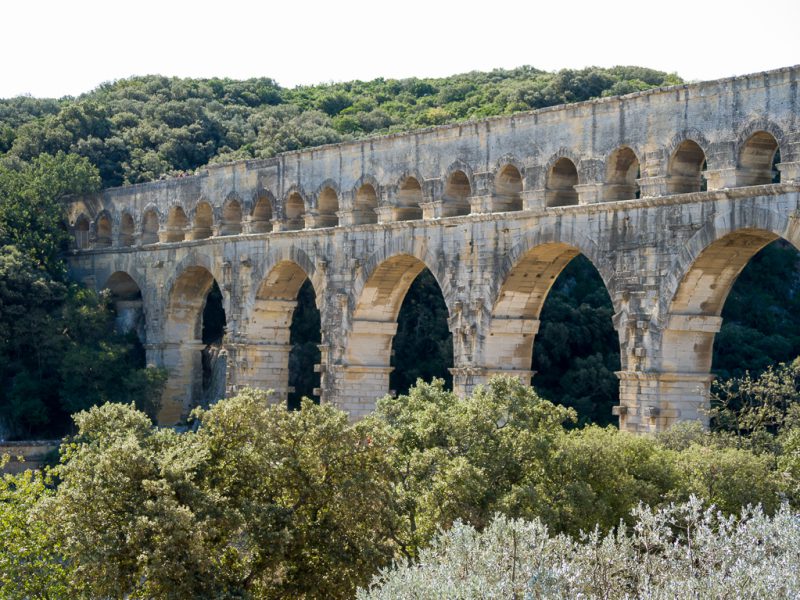
Some more photos and perspectives on the Pont, some snails and that very old tree.

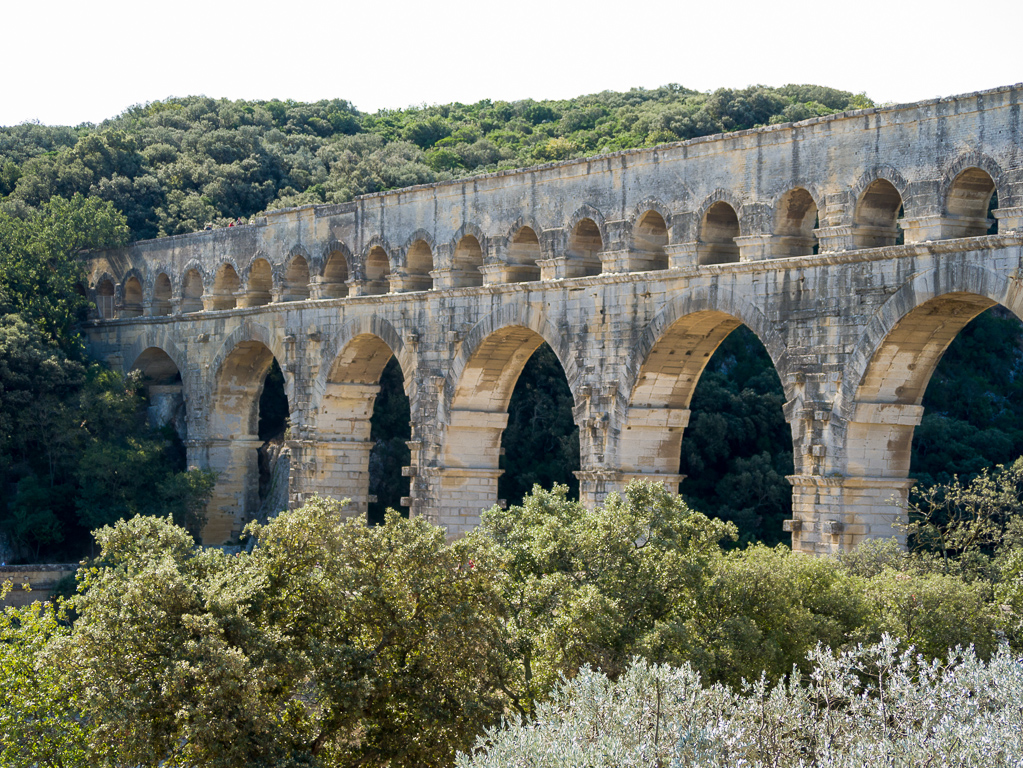

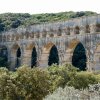
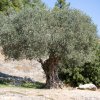

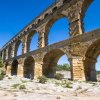


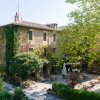
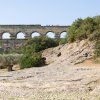


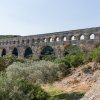

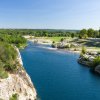
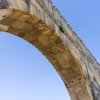

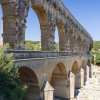
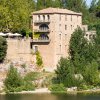
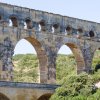
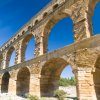
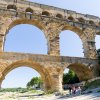
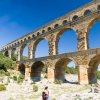
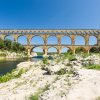
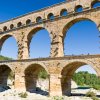
What a bridge with full of history